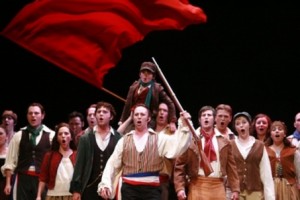 Art Scatter has declared its keen interest in Cave Doings in the past. What attracts us? Maybe it’s just that we see ourselves. Not ourselves specifically, of course, not with our sense of direction, not rooting around in the back of a cave where carbon dioxide levels are high enough to induce hallucinations and strange blind fish look up at us from cold, mineral drenched water, perhaps attracted by the pungent aroma of our dingy torches. Do fish smell? I mean with their own olfactory devices? I digress.
Art Scatter has declared its keen interest in Cave Doings in the past. What attracts us? Maybe it’s just that we see ourselves. Not ourselves specifically, of course, not with our sense of direction, not rooting around in the back of a cave where carbon dioxide levels are high enough to induce hallucinations and strange blind fish look up at us from cold, mineral drenched water, perhaps attracted by the pungent aroma of our dingy torches. Do fish smell? I mean with their own olfactory devices? I digress.
Those cave people, homo sapiens, were us, at least in terms of the intelligence they brought to bear on their environments. I haven’t ever seen any studies that suggest the human brain has evolved dramatically during the past 50,000 years or so. If you have, please let me know, because that would be interesting, too. So, their brains were operating in the world like ours, except without the same sort of technology, which has “evolved” over time. What we can piece together of their creativity in the face of the universe can’t help but be interesting in a deep way.
So we are preambling toward something — Judith Thurman’s story on cave art in The New Yorker. Thurman’s story examines a couple of recent books on cave painting, tests their propositions with experts studying the caves on the ground and then eyeballs those paintings itself (or rather herself). In her lead-in she cites the famous Picasso observation about the Lascaux paintings, reported by his guide: “They’ve discovered everything.” The list of painting “advances” includes perspective, Pointillism and stenciling, various colors and brushes and as Thurman points out, the “very concept of an image.” What I like about the article was the sense of amazement that Thurman conveys at just how perceptive the cave painters were — both about the caves themselves and the surfaces they offered for image-making AND the animals they created on the walls. But the primary point is to describe the dispute among cave historians, which basically comes down to this: To what extent is it possible to interpret accurately the “meaning” of the paintings.
Continue reading Back to the caves for some paleolithic multi-media






